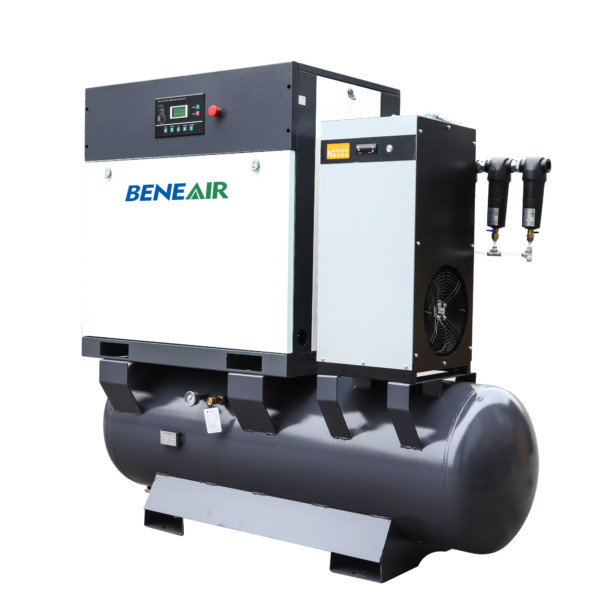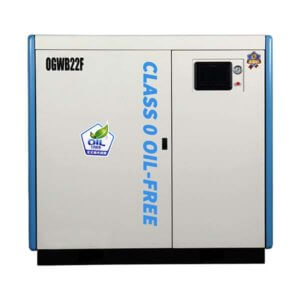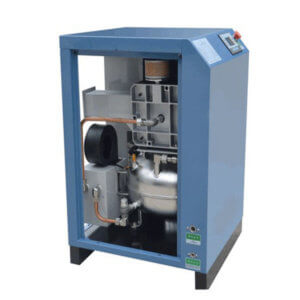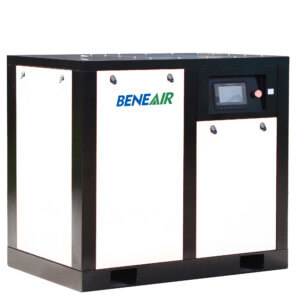Contents
One of the most significant elements in designing an efficient air compressor is the pressure from which the compressed air will flow. The airflow at any application site is equal to the pressure changes at the compressor output minus the pressure decreases caused when the air passes via pipework, separators, filters, instant connectors, and hose to reach its final destination. Pressure drop must be nearly zero for the system that is particularly intended for heavy operation.
Compressed Air Pipe
Compressed Air Pipe

Why is Pipe Size Important?
You might notice a large pressure decrease over the equipment when compressed airlines are not precisely sized. If somehow the pressure drop gets highly severe, you will have to increase the operating point of your compressor. The stronger the compressor’s system response, the more and more electricity, and expense it will use.
What is the Ideal Compressed Air Pipe Size?
The pressure decrease should not be more than one! To keep pressure drop to one psi within a 100 psi arrangement, a pipe must have a larger surface area enough to transport a particular volume of airflow over a long stretch.
The air might be used at a regular, even pace for some purposes. This is common in heavy equipment with several extremities, each of which supplies air to separate types of machinery. A significant burst is standard in smaller systems, particularly when the flow is supplied to many operations simultaneously. The rush is typically followed by zero circulation when air is delivered to several tasks from small compressors.
When Compressed Air Pipes Are Too Small, What Happens?
Once pressurized air flows across the pipeline system, it loses pressure (PSI) caused by friction with the pipeline causing a pressure drop. Small pipes have more distance traveled by air, resulting in more friction and slower movement. This will result in a significant drop in pressure. You can lose a huge amount of pressure between the compressed air and the terminals of the pipes when you are pumping air through small tubing with a lot of twists and connectors.
To compensate for any compressed air pipework that is tiny, you might need to estimate the maximum PSI of your equipment. If the machinery at the tip of your lines requires 100 PSI and there is a 20 PSI drop between the pump and the area of its use, you will need to saturate the system to 120 PSI merely to meet the minimal need.
When Compressed Air Pipes Are Too Large, What Happens?
Large airlines have no detrimental effects on overall performance, but they might be a bad investment in terms of money. Oversized compressed gas pipelines demand more resources and are more expensive to construct than normal pipelines. If you want to expand in the coming years, spending on a larger entity may be more profitable than you now require.
Creating a somewhat larger pipe network can be profitable now rather than taking out and rebuilding your piping system afterward. Larger pipelines retain more air, but this is not the best practical method of air storage. If preservation is your main concern, purchase bigger air tanks.
Compressed air pipes: How do you minimize pressure drop?
Within the same series of consecutive pipelines, air velocity should range from 20 to 30 feet per second. Pressure loss will be maintained to a minimum in such a manner.
Smooth pipings composed of copper, aluminum, or alloy steels can reduce pressure drop for each unit surface area. You can maintain a suitable air velocity with minimum pressure loss even when utilizing small pipes made with these alloys.
How to Determine the Pipe Sizing for your Air Compressor?
To determine the required size for your air compressor pipes, you should first determine the equipment’s lowest system pressure. The following is the fundamental formula for determining air compressor pipe size:
A= 144*Q*Pa / V*60*(Pd+Pa).
Such that:
A = the area in square inches of a cross-section of the pipe bore (3.14 x diameter squared/4).
Q = Flow rate (SCFM).
Pa: Pounds per square inch is the current absolute pressure in pounds per square inch.
Pd = Compression gauge pressure excluding the absolute pressure at the time.
V = Design pipe velocity in feet per second (should not exceed 40 feet per second).
How to Read a Sizing Chart for your Compressed Air Pipes
The procedures for interpreting any chart to calculate proper compressed air pipe size are as follows.
- Calculate your system’s maximum CFM.
- Make a piping diagram containing all pipe diameters, connections, regulators, and twists.
- Short paths in the system should be measured and added together.
- For each curve, joint, or outlet, add more similar dimensions.
- To calculate the overall pipe size for your system, add length and similar sizes of connections combined.
Compressed Air Pipe Network Design
An inventory list detailing all pneumatic system consumption and a graphic illustrating the locations is the preliminary stage for developing and designing a compressed air system.
There are four essential elements to designing a compressed air network:
- Risers.
- Air compressor.
- Air compressor.
The compressed air is transported through risers from the compression plant to the consuming location. The air is separated over the circulation region via pipelines. The airflow is routed from the distribution system to the buildings via pipes.
Sizing of Compressed Air Pipes
Occasionally individuals fall into the trap of assuming that perhaps the power wasted due to over-pressurization is just an adjustment for the odd high-pressure performance. But the truth is that your pneumatic system’s functionality and lifespan are on edge. The cost of upgrading your pipes to include appropriate measurements might well be a very tiny thing when considering the cost of power wastage and wasted airflow energy yearly.
Evaluate the network configuration if you want the size of pipes that can handle all probable strain requirements. Whereas purchasing the heaviest pipes needed may appear to be beneficial. The best incentive to include large pipes in your present system is to expand your machinery to the point where such lines are required soon.








Leave A Comment